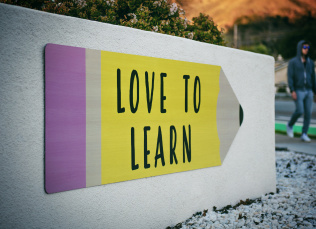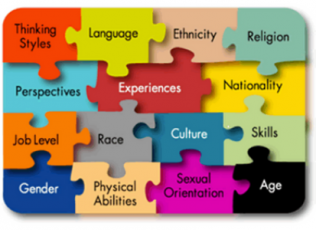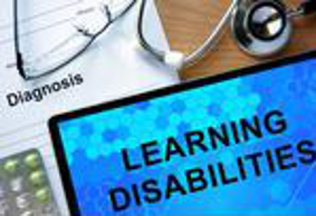
Expert Learning is for All
Curriculum can be designed to meet the needs of all learners.
This article provides insight into how UDL can support teachers who design lessons and learning environments to include students with significant cognitive disabilities. Information on what and how UDL develops expert learners, what educators can do to foster expert learning, and examples of in-class practices that foster expert learning, is presented.
Organization/Publishers:
Share this resource:
Posted date:
May 19, 2022



